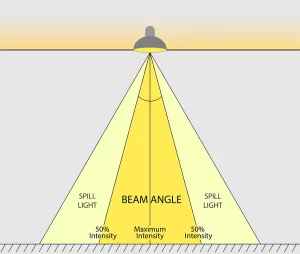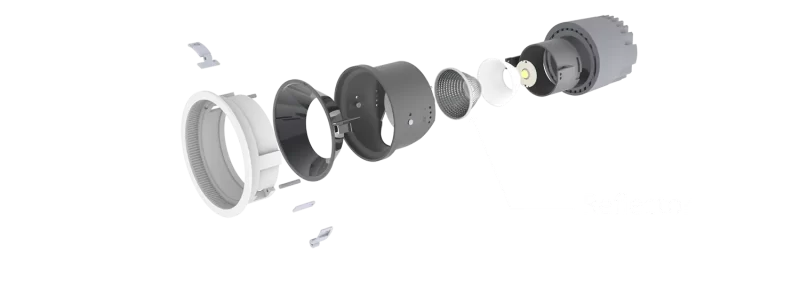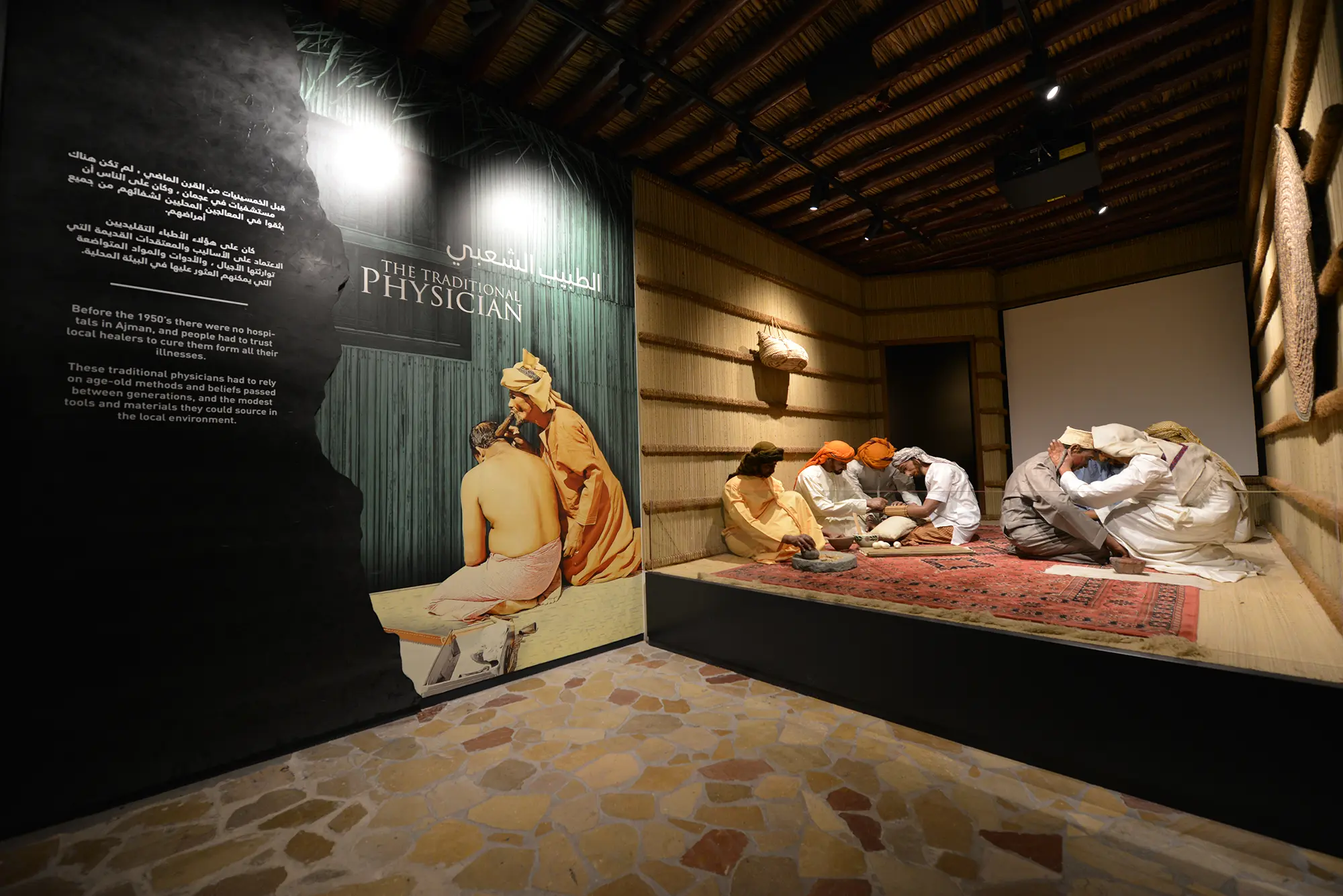Published on May 31, 2023

In the field of lighting and optics, many people overlook a factor that holds remarkable potential: the beam angle. While it might not be as familiar as some other lighting concepts, a narrow beam angle can significantly influence various applications. This post will delve into the captivating domain of narrow beam angles, revealing their significance, applications, and transformative capabilities within lighting design.
In lighting, the beam angle plays a crucial role in defining how light spreads from a source. More precisely, it indicates the angular width within which the light maintains at least 50% of its maximum intensity. This means that if we were to envision a cone originating from the light source, the angle would cover the area where the light retains its substantial strength, essentially encompassing the central part of the light distribution.
A narrow beam angle signifies a focused and concentrated spread of light. It minimizes spill light and cuts down on unnecessary illumination in unintended areas. This focused approach typically falls within the range of 3 to 24 degrees and offers several advantages across various applications.

The precision of a narrow angle closely ties to the optics employed. Light sources equipped with mechanisms such as reflectors, lenses, or Total Internal Reflection (TIR) optics can manipulate emitted light, focusing it into a controlled, tight beam. This concentration reduces light spillage and ensures that the majority of photons go precisely where they’re required.

Various industries reap the rewards of this concept in different ways. Galleries and upscale retail displays utilize it to direct focus onto particular items without disturbing the overall atmosphere. Museums employ this technique to illuminate artifacts with precision while also reducing the risk of heat and UV damage. Outdoor architectural elements and landscape features benefit from strategically positioned narrow-angle lighting, which not only prevents light pollution but also contributes to an aesthetically pleasing nighttime environment.


